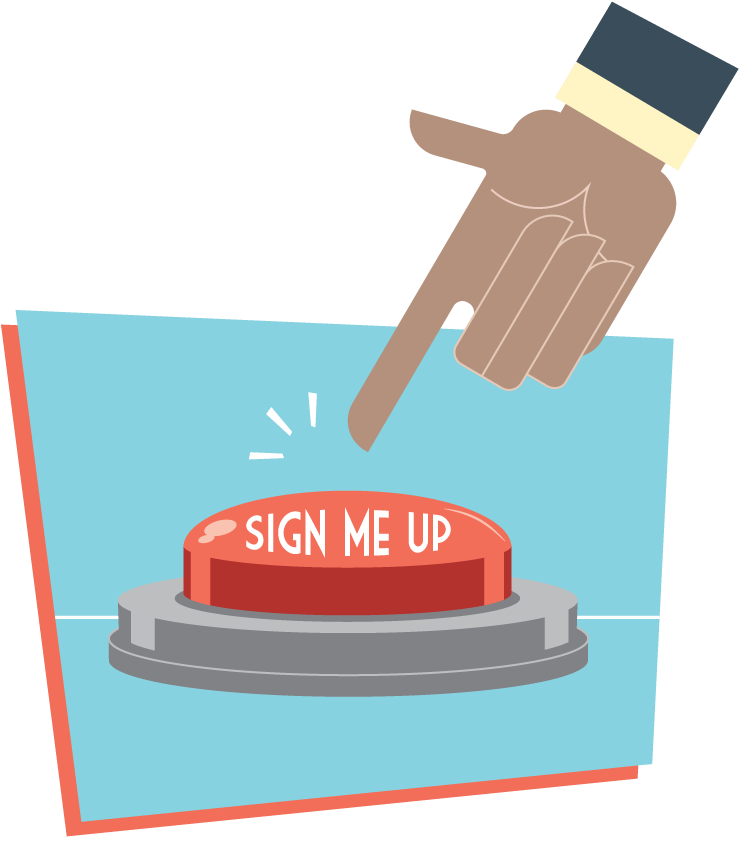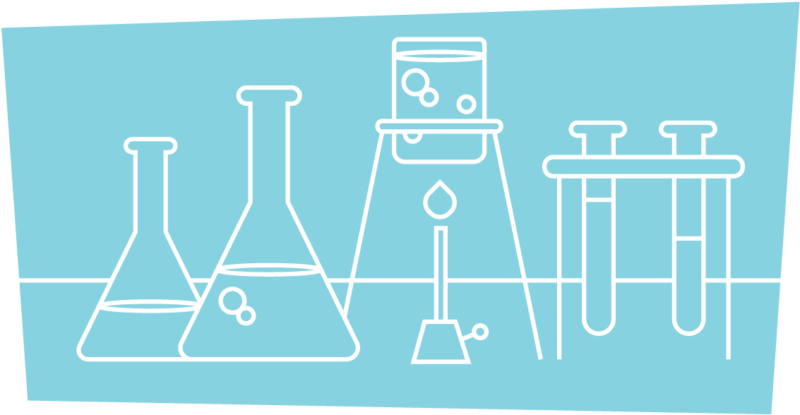- HOME
- Website Building
- CTA Buttons
- Introducing the CTA Button
Introducing the CTA Button
- 3 Mins Read
- Posted on April 20, 2018
- Last Updated on October 8, 2024
- By Lauren
The copy on your webpages has been edited to perfection. You’ve distinguished your product or service from similar offerings in your industry, made a compelling case for your unique selling point (USP) and its value to your prospect, told a gripping story of your business on your About Us page, and delivered a compelling FAQ page that does the work of twenty of your best salespeople. What’s more, your product or services pages are flawlessly written, and provide images bound to persuade even the most wary of prospects.
Your prospect is now on the threshold of taking any number of actions—downloading your product, signing up for a free trial, subscribing to a newsletter, setting up an account, adding a product to a shopping cart, requesting a demo.
If they do, you’ve scored a conversion. If they don’t, you’ve gotten either an exit or a bounce. And if your visitors exit, you may still be able to say that you gave them an interesting read on your website… but that’s about all you’ll be able to say.
In one sense, your call-to-action (CTA) button is the most important element on any of your webpages, because it’s here that each conversion opportunity is either won or lost. So as insignificant as those buttons may appear (haven’t you already done all the work elsewhere on the page?), the impact they can have on your conversions is tremendous.
A call-to-action done well has been shown to increase clicks by 371% and sales by 1617%. On the other hand, if your CTA button isn’t begging to be clicked, it won’t matter how marvelous your page’s design and copy are. And that’s a lot of hard work down the drain.
Your CTA button should be your ultimate act of persuasion, the remover of all remaining doubt. It is the additional promise of, and portal to, a new sense of value in your prospect’s life.
All of that, contained in a single button. So don’t neglect the qualities that actually make it effective.
Your CTA button consists of three elements: design, copy, and placement. In the following sections, we offer best practices for making your CTA sparkle, shine, pop, scream, or seduce… we’ll let you choose your preferred verb here.
Best of all? Each of the following strategies has been proven to boost conversion rates in A/B testing.
That said, marketers, designers, and web developers have spent many years and millions of dollars researching every aspect of the CTA button, but despite all the “science” behind this seemingly simple element, your decision-making process will have to be guided by instinct and trial and error.
Keep this in mind as you acquaint yourself with some of the best practices we offer for creating clickable and compelling CTA buttons. And then…
Test like your business depends on it
(Because, well, it does.)
As with any other conversion rate optimization (CRO) advice you find, don’t take our strategies as The Final Word. There’s no CTA tip we can offer that will guarantee improved conversions. The only way to ensure your CTA buttons are as conversion-friendly as possible is to perform A/B tests on them as frequently as possible.
There are plenty of A/B testing tools out there, including Zoho’s PageSense, VWO, Optimizely, and Google Analytics. Each of these applications allows you to create two (or more) variants of a web page that are then displayed to users at random. The app then analyzes which version performs better for that page’s particular conversion goal.  Keep in mind that even small changes can have dramatic consequences—so don’t scoff at a slight shift in color or placement, or a single exchange of one word for another. Change one of these elements at a time, and monitor the impact each change has on your numbers.
Keep in mind that even small changes can have dramatic consequences—so don’t scoff at a slight shift in color or placement, or a single exchange of one word for another. Change one of these elements at a time, and monitor the impact each change has on your numbers.
A/B testing is an iterative, patient, and sometimes painstaking process, but the payoffs generally far outweigh the effort it demands. What’s more, the statistical analysis is sometimes surprising and fascinating enough that—if you’re lucky—the process will become a delight for you.
Now that we’ve got the importance of testing out of the way, let’s discuss best practices. In the next section, we cover CTA button design: the look of the button itself, and how it plays with the page it sits on. These design elements include size, shape, color, dimensionality, responsiveness, and any images the button may contain.